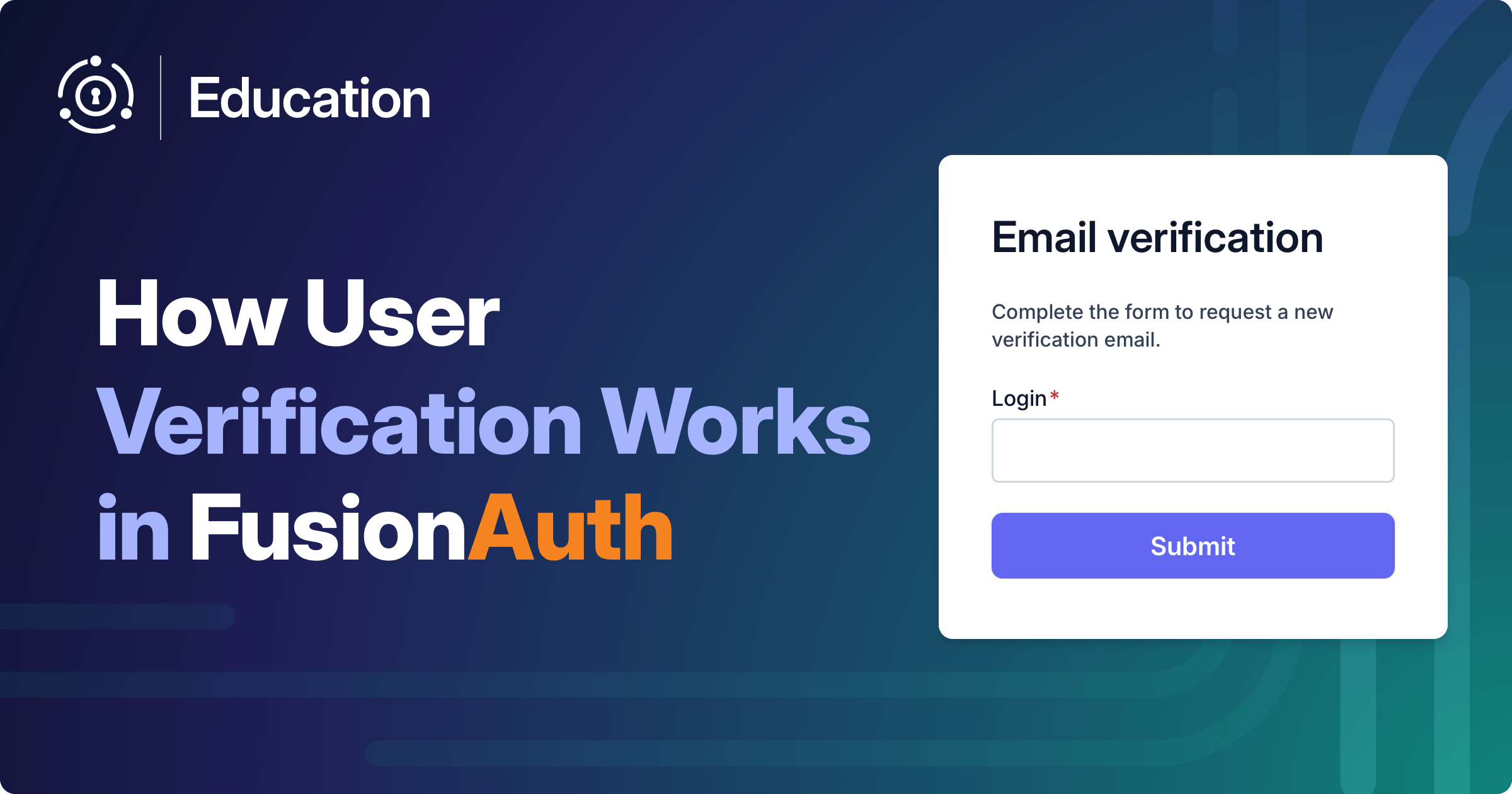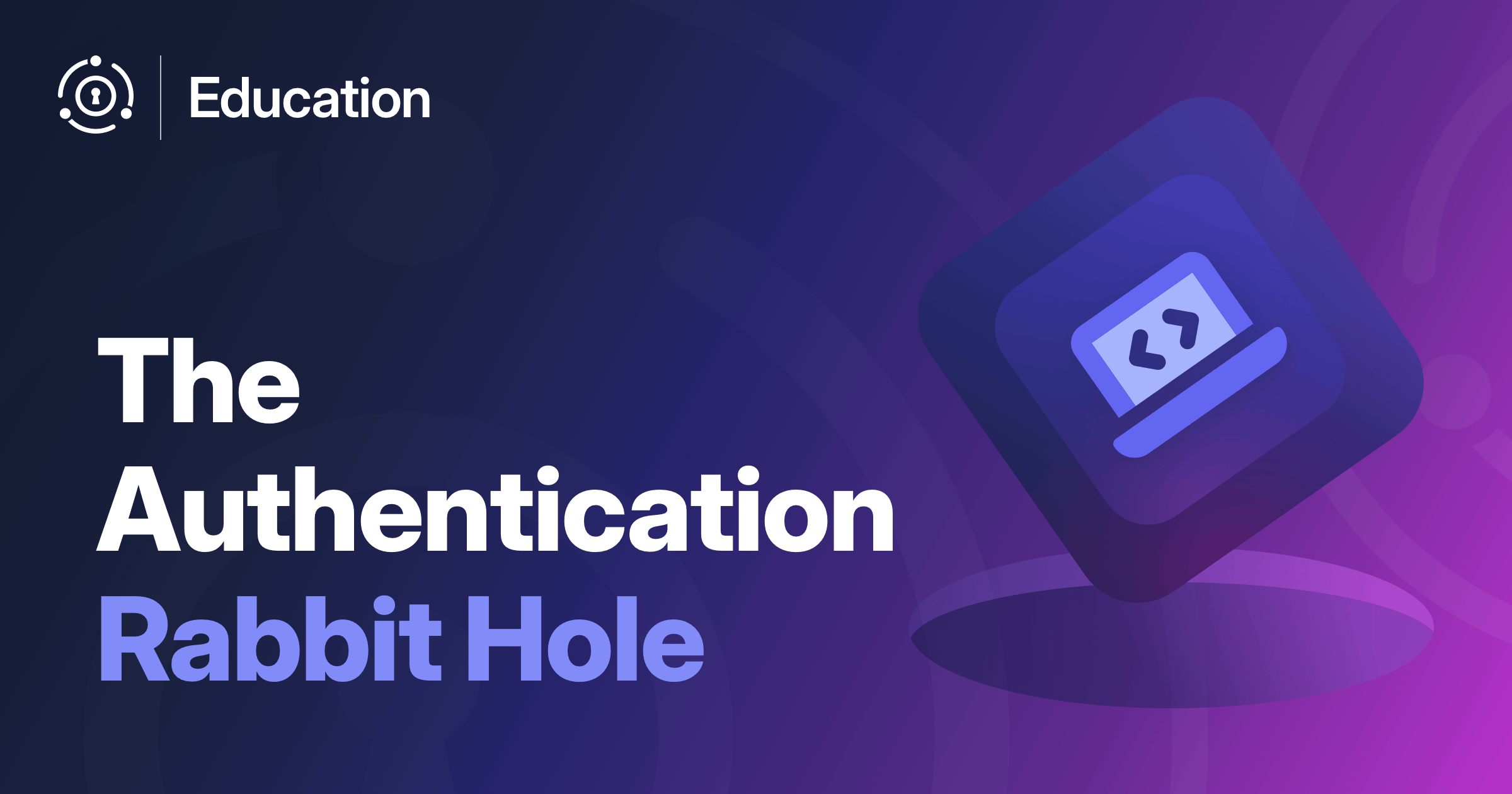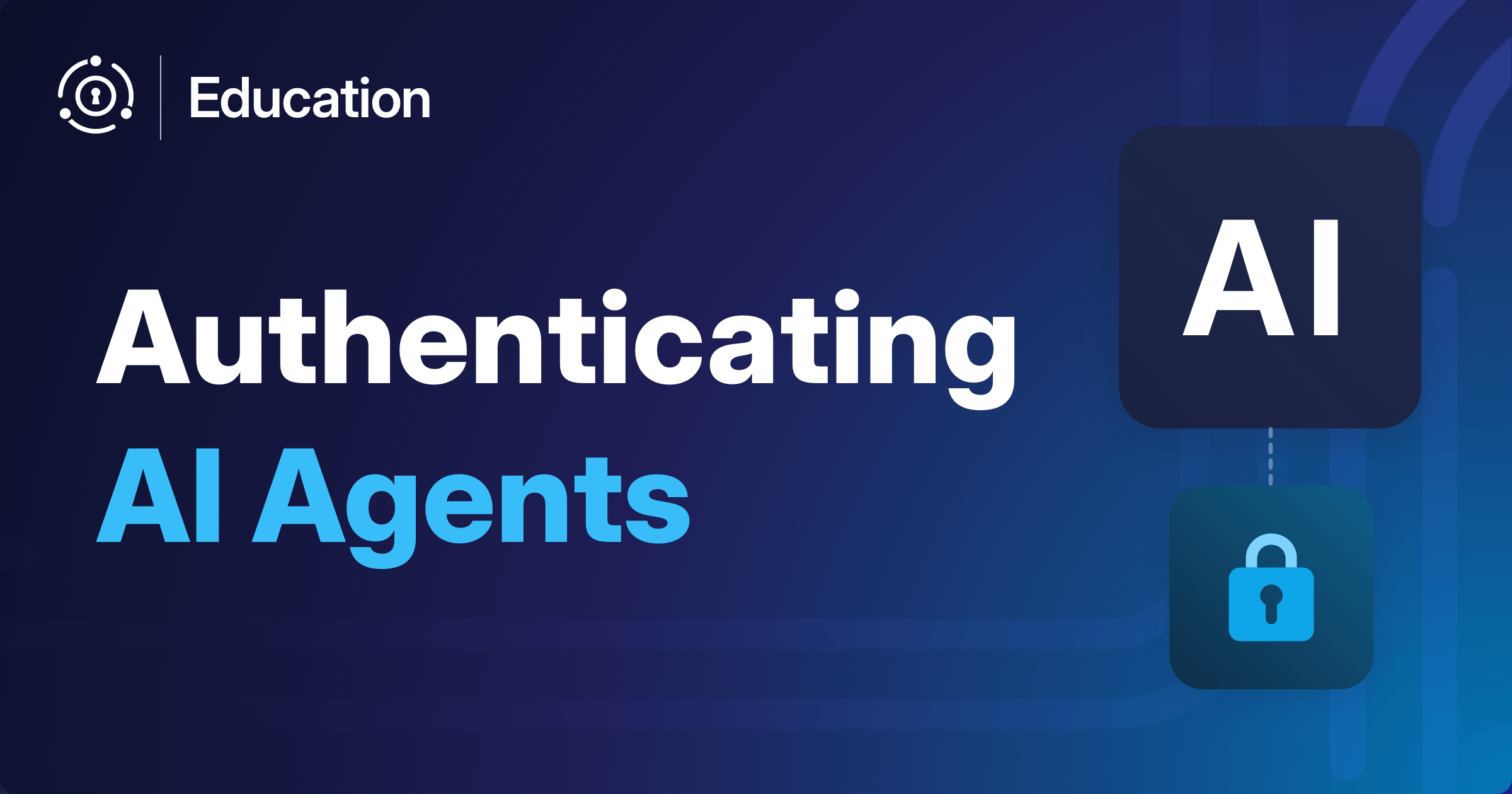Picture a timeline where the starting point is the very first person entering a username and password combination. As the line moves on, you see how the world of user login has changed. Then there’s a big “You Are Here” arrow. It points to an area labeled multi-factor authentication.
Now yes, you could argue that we’re well beyond MFA already. To some extent, you’d be right. But it’s also accurate to say that MFA covers a wide swath of the timeline, and we’re still inside of its boundaries today. While we are moving toward a future where passwords go away, we’re still working to get MFA done right. Adoption is still under 40 percent in small businesses; a worrying statistic when you also grasp that nearly 60 percent of people still write down passwords on sticky notes. Of those, almost 70 percent admit to losing the notes at some point.
As MFA solutions are enjoying their peak, it’s a good time to dive in and get a better understanding of the landscape we’re in today.
Understanding Multi-Factor Authentication
Multi-factor authentication (MFA) does what it says on the box. It requires users to provide two or more verification “factors” to gain access to a resource. To be clear, two-factor authentication is also a form of multi-factor authentication. In fact, it’s the most common.
Anyway, those factors may be an application, an online account, or a service like a VPN. Traditional authentication methods rely on a single factor—something you know (like a password.) MFA adds extra layers of security by requiring something you have (like an authenticator app or SMS with a one-time password on a mobile device), or something you are (like a fingerprint) to help keep cybercriminals, hackers, and data breaches at bay.
This second factor and third factor make MFA a strong barrier against bad actors seeking unauthorized access. We live in a time where each week seems to bring another news story of a security breach. If today is the most important time to have better security, tomorrow will be even more important.
The Importance of MFA in Cybersecurity
It would be hard to overstate how important MFA is. As we mentioned earlier, we see new threats emerging all the time. These threats grow more sophisticated, and the limitations of simple password protection becomes glaringly evident. While passwords were once considered to be the highest form of security, they’re now susceptible to common vulnerabilities. Phishing attacks, social engineering, and brute force methods are like a wrecking ball against a glass house. Not to mention the practice of passwords on sticky notes, which is like leaving a key under your doormat…with a sign pointing to it that says “KEY”.
Multi-factor authentication addresses these vulnerabilities. So now, even if a user finds their password compromised, unauthorized users still have more layers to overcome. It’s somewhat obvious to see how important this is for individuals. But the real story is that users are often single points of failure for larger organizations. MFA enables these organizations to protect themselves from breaches or other attacks by bolstering security at its weakest link.
The Authentication Methods at Your Disposal
When we talk about the factors available in MFA, we’re referring to the various forms of verification used in conjunction with one another. These fall into three categories.
Something You Know - This includes passwords, PINs, or answers to security questions. It’s the most traditional form of authentication but also the most vulnerable when used by itself.
Something You Have - This category covers devices or items in your possession that can generate or receive a verification code. Apps like the Google Authenticator, a device like a Yubikey, or even push notifications sent directly to a phone fit into this category. The use of a device provides a physical layer of security, making unauthorized access more challenging.
Something You Are - This involves biometric verification. It’s quite literally answering the question of “who are you?” These methods include fingerprint scans, facial recognition, or iris scans. Some services are even using voice intonation as a form of biometrics. Biometrics are highly secure because they are unique to each person. They’re also inherently complex, and hard to replicate.
By leveraging a combination of these factors, MFA plays a crucial role in creating security measures that significantly reduces the risk of unauthorized access while still keeping user experience in mind.
When to Implement Multi-Factor Authentication
Deciding when to require MFA involves a careful assessment of risk, convenience, and the value of the protected assets. Generally, MFA is crucial in the following scenarios:
Access to Sensitive Information: Whenever access to sensitive personal or business information is involved, MFA is non-negotiable. This includes financial data, personal records, or proprietary business information.
Remote Access: With the rise of remote work, securing remote access to company networks is paramount. MFA provides an additional security layer. It ensures that only authorized users can access the network from various locations.
Compliance Requirements: Certain industries and regulations mandate the use of MFA and other compliance requirements to protect sensitive data. For organizations subject to these regulations, implementing MFA is a legal necessity.
High-Profile Accounts: Accounts with elevated privileges or access to critical systems should always be protected with MFA. This ensures that even if a password is compromised, the system remains secure against unauthorized changes or breaches.
Incorporating MFA has become increasingly user-friendly. Many platforms offer seamless MFA experiences that balance security with convenience, making it an accessible option for organizations of all sizes.
Beyond Multi-Factor Authentication
While MFA represents a significant leap forward in authentication security, the journey doesn’t end here. The landscape is continually evolving, with new technologies and methodologies on the horizon. We’re already seeing the uptake of biometrics. AI and machine learning have ushered in behavioral analytics and adaptive MFA. Decentralized identity models promise to further redefine what it means to secure our digital identities.
It’s crucial to stay informed and adaptive, embracing advances that offer better security without sacrificing usability. Staying on top of all of this is a challenge, and it’s why a growing number of companies are choosing FusionAuth to meet their MFA requirements. The balance between security and convenience will always be a moving target. With tools like MFA at our disposal, we’re better equipped to face these challenges.
Multi-factor authentication is a foundational pillar of security. It’s essential for protecting our digital identities and sensitive information. As we continue to witness the evolution of authentication methods, MFA will undoubtedly play a pivotal role in shaping future security protocols.
Strengthen Your security with MFA. Schedule a FusionAuth demo now.










